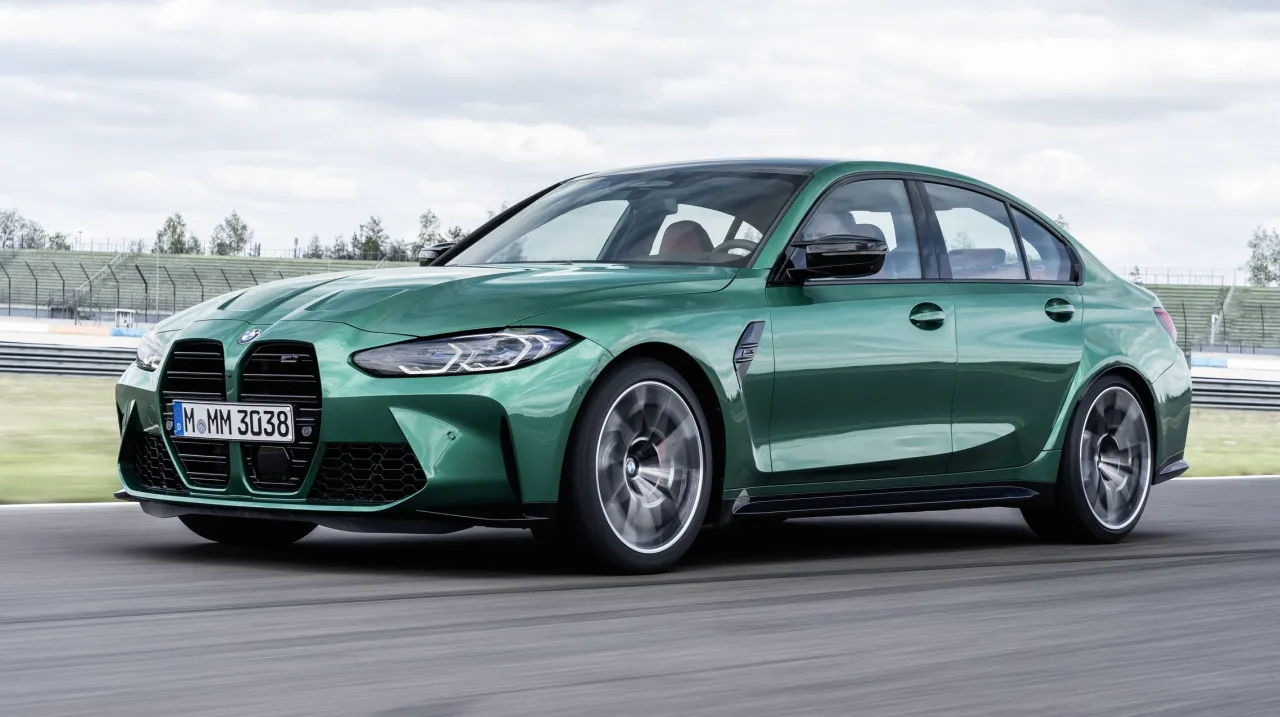When winter arrives with its blanket of snow and treacherous ice, not all BMWs are created equal. The Bavarian automaker has built a reputation for engineering excellence and driving dynamics, but the reality is that some models excel in harsh winter conditions while others struggle to maintain their composure when temperatures drop and roads become slippery.
Understanding which BMW models can handle winter weather versus those that become garage queens during snowy months is crucial for anyone living in regions with challenging seasonal conditions.
BMW’s approach to winter driving capability varies significantly across their lineup. Some models feature advanced all-wheel-drive systems like xDrive, superior ground clearance, and winter-optimized engineering that makes them formidable companions during harsh weather.
These vehicles combine BMW’s legendary handling with practical winter functionality, ensuring that drivers don’t have to choose between performance and safety when going through snow-covered roads.
From the practical versatility of winter-capable models to the seasonal limitations of performance-focused variants, understanding these differences helps potential buyers make informed decisions based on their climate and driving needs.
Whether you’re considering a BMW purchase or curious about optimizing your current model for winter conditions, this guide provides essential insights into owning a BMW through challenging seasonal weather.
5 BMWs That Survive Winters
These winter-capable vehicles feature robust all-wheel-drive systems, effective traction control, and reliable cold-weather components that deliver confident performance during harsh winter conditions with snow, ice, and extreme temperature variations.
Their proven xDrive systems incorporate intelligent torque distribution, quality differentials, and effective electronic stability management that maintains control and safety during challenging winter driving scenarios while providing excellent traction on slippery surfaces.
The combination of winter-tested engineering, reliable battery systems, and cold-weather fluid specifications creates ownership experiences that eliminate seasonal driving anxiety during harsh climate conditions.
1. BMW X5 xDrive
The BMW X5 xDrive stands as one of the most capable winter warriors in BMW’s lineup, combining luxury, performance, and exceptional winter driving capabilities.
This midsize SUV represents the perfect marriage of BMW’s driving dynamics with practical all-weather functionality, making it an ideal choice for drivers who refuse to compromise during harsh winter conditions.
At the heart of the X5’s winter prowess lies BMW’s sophisticated xDrive all-wheel-drive system. This intelligent system continuously monitors road conditions and driving dynamics, automatically distributing power between front and rear axles to maintain optimal traction.
Unlike traditional all-wheel-drive systems that split power equally, xDrive can send up to 100% of available torque to either axle when needed, ensuring maximum grip on slippery surfaces.
The system works seamlessly with the vehicle’s stability control and anti-lock braking systems, creating a comprehensive safety net that keeps the X5 planted even in challenging conditions.
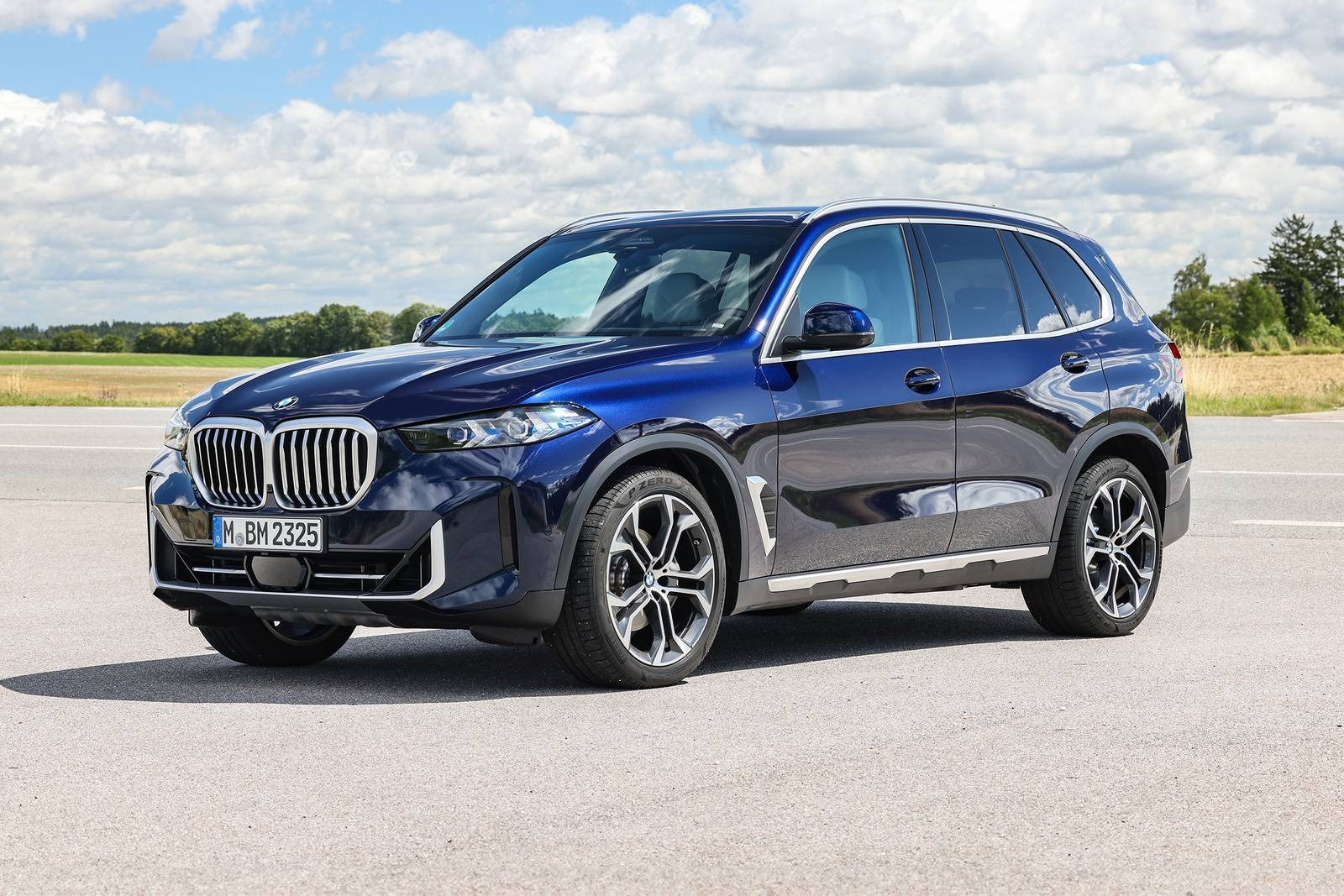
The X5’s substantial ground clearance of 8.6 inches provides crucial clearance over snow accumulation and road debris that often plague winter driving.
This height advantage, combined with robust underbody protection, allows the X5 to go through deeper snow than lower-riding vehicles. The SUV’s substantial weight distribution, with a near 50/50 front-to-rear balance, contributes to stability and predictable handling characteristics even when traction is compromised.
BMW engineers have optimized the X5’s suspension system for various driving conditions, including winter scenarios. The available adaptive suspension can adjust damping characteristics in real-time, providing softer settings for comfort over rough, snow-covered roads while maintaining control during dynamic driving situations.
2. BMW X3 xDrive
The BMW X3 xDrive delivers exceptional winter performance in a more compact and efficient package, proving that effective winter capability doesn’t require maximum size or weight.
This compact luxury SUV combines BMW’s renowned engineering with practical winter functionality, making it an excellent choice for drivers seeking year-round versatility without compromising driving enjoyment or fuel efficiency.
The X3’s xDrive system mirrors the sophisticated technology found in larger BMW SUVs, providing intelligent all-wheel-drive capability that adapts to changing road conditions in real-time.
The compact SUV’s shorter wheelbase compared to the X5 provides advantages in tight winter driving situations, offering better maneuverability around snow piles, in cramped parking lots, and through narrow plowed paths.
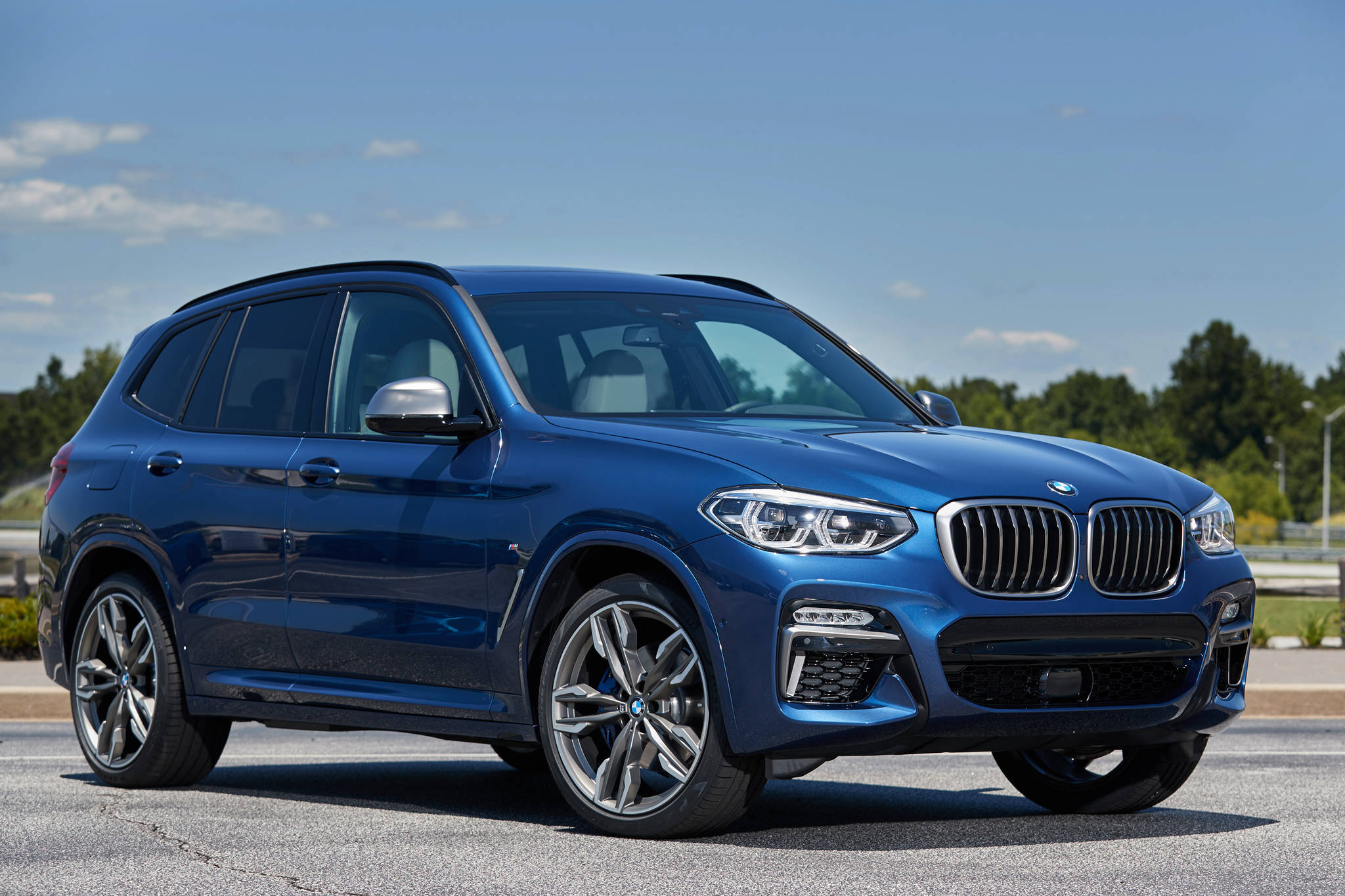
The X3’s weight distribution and center of gravity create stable handling characteristics that inspire confidence during winter driving. The vehicle’s relatively modest curb weight means less momentum to control during emergency situations, while still providing sufficient mass for good traction on slippery surfaces.
BMW’s engineering team has tuned the X3’s suspension to provide a balance between comfort and control, ensuring that the vehicle remains composed over irregular winter road surfaces while maintaining the responsive handling BMW customers expect.
Advanced driver assistance systems integrated into the X3 provide additional safety margins during winter driving. Features like automatic emergency braking, lane keeping assistance, and blind spot monitoring work effectively even in reduced visibility conditions common during winter weather.
The vehicle’s stability management systems include specific calibrations for winter driving scenarios, allowing for appropriate levels of slip while preventing dangerous loss of control.
3. BMW 3 Series xDrive Wagon
The BMW 3 Series xDrive Wagon represents a unique proposition in BMW’s lineup, combining the engaging driving dynamics of the 3 Series sedan with enhanced winter capability and exceptional cargo versatility.
This practical yet performance-oriented vehicle demonstrates that winter readiness doesn’t require sacrificing BMW’s signature driving experience, making it an ideal choice for enthusiasts who need year-round capability.
The longer wheelbase and extended rear overhang do require careful attention to departure angles in deep snow, but the trade-off brings substantial cargo capacity benefits that prove invaluable during winter months when additional gear, equipment, and supplies are often necessary.
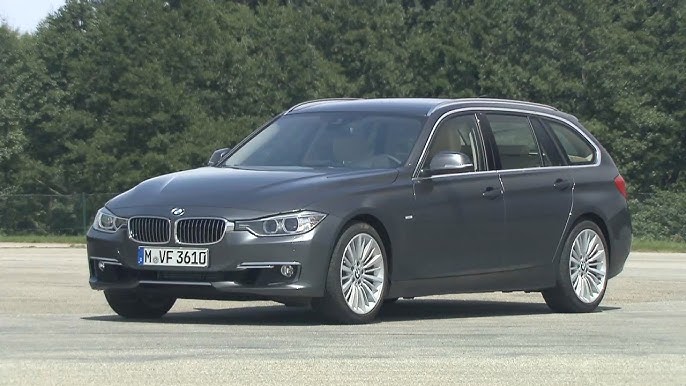
The 3 Series platform’s inherent balance and weight distribution create predictable handling characteristics that remain consistent across various road conditions. The wagon’s additional rear weight from the extended cargo area actually improves weight distribution slightly compared to the sedan, providing better traction over the rear wheels in rear-wheel-drive situations.
BMW’s sophisticated stability control systems are specifically tuned for the wagon’s characteristics, ensuring optimal safety and performance across all driving conditions.
Advanced traction management systems work seamlessly with the wagon’s responsive chassis to provide confidence-inspiring winter performance.
The vehicle’s relatively modest size and weight make it easier to control in emergency situations compared to larger SUVs, while still providing sufficient mass for good traction on slippery surfaces. The wagon’s aerodynamic profile helps reduce the impact of crosswinds that can affect stability during winter driving conditions.
4. BMW X1 xDrive
The BMW X1 xDrive serves as the entry point into BMW’s winter-capable SUV lineup, delivering impressive all-weather performance in an efficient and accessible package.
Despite being the smallest SUV in BMW’s range, the X1 demonstrates that effective winter capability can be achieved without requiring maximum size or complexity, making it an excellent choice for drivers seeking their first all-wheel-drive BMW or those prioritizing efficiency alongside winter readiness.
The X1’s xDrive system incorporates the same fundamental technology as larger BMW SUVs, providing intelligent power distribution between front and rear axles based on real-time traction conditions.
The compact SUV’s short overhangs and well-designed approach angles allow it to go through snow banks and over curbs that might challenge lower-riding vehicles. The X1’s compact dimensions prove advantageous in winter urban environments where parking spaces are reduced by snow accumulation and maneuverability is crucial.

The X1’s front-wheel-drive-based architecture brings specific advantages to winter driving scenarios. The engine and transmission weight positioned over the front drive wheels provides excellent initial traction for starting from stops on slippery surfaces.
When additional traction is needed, xDrive seamlessly engages the rear wheels, creating an all-wheel-drive system that combines the efficiency benefits of front-wheel drive with the traction advantages of all-wheel drive.
BMW has optimized the X1’s suspension tuning for a balance of comfort and control that works well across various road conditions. The vehicle’s relatively light weight reduces the momentum that must be controlled during emergency situations, while still providing sufficient mass for good traction on slippery surfaces.
Electronic stability systems are calibrated specifically for the X1’s characteristics, ensuring appropriate intervention levels that maintain safety without being overly intrusive during normal winter driving.
Also Read: 5 Obscure Japanese Cars That Don’t Fail vs 5 European Icons Prone to Breakdowns
5. BMW 5 Series xDrive
The BMW 5 Series xDrive represents the perfect balance between executive luxury and winter capability, demonstrating that sophisticated sedan design can successfully integrate all-weather performance without compromising the elegance and refinement expected from BMW’s flagship sedan series.
This model proves that winter readiness and luxury sedan characteristics can coexist harmoniously, creating a vehicle equally at home in boardroom parking lots and snow-covered mountain passes.
The 5 Series xDrive system represents BMW’s most refined implementation of intelligent all-wheel drive in a sedan platform. The system’s integration maintains the 5 Series’ characteristic rear-wheel-drive feel during normal conditions while providing seamless transitions to optimal traction distribution when road conditions deteriorate.
The advanced suspension system includes adaptive dampers that automatically adjust to road conditions, providing softer settings for comfort over rough winter surfaces while maintaining precise control during dynamic driving situations.
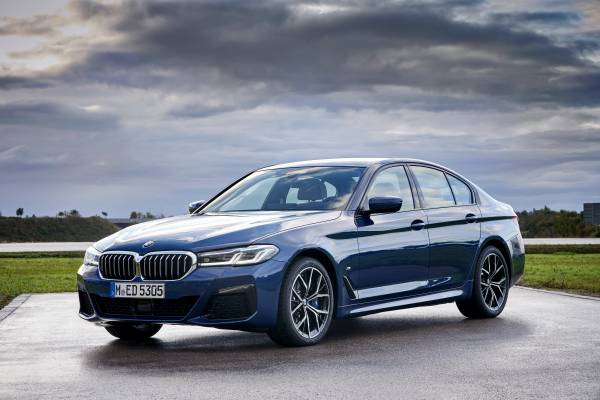
BMW’s comprehensive approach to winter driving capability extends throughout the 5 Series’ electronic systems. The vehicle’s stability management includes specific winter driving modes that adjust intervention thresholds and system responses to account for reduced traction conditions.
Advanced driver assistance systems continue to function effectively even in challenging winter conditions, providing additional safety margins when visibility and traction are compromised.
The sedan’s relatively low center of gravity provides advantages over SUVs in terms of handling precision and stability, while the sophisticated xDrive system ensures that traction is never wanting when road conditions become challenging.
5 BMWs That Can’t Handle Snow
These winter-challenged vehicles frustrate owners with poor traction, inadequate heating systems, and cold-weather failures that contradict BMW’s premium positioning through rear-wheel-drive limitations and problematic components that struggle during normal winter driving conditions.
Their compromised winter performance incorporates inadequate traction control, problematic electronic systems, and temperature-sensitive components that generate dangerous driving scenarios despite BMW positioning that suggests superior engineering excellence over mainstream competitors.
The combination of rear-wheel-drive bias, inadequate winter testing, and problematic cold-weather reliability creates ownership disasters as buyers discover that BMW’s performance reputation cannot compensate for fundamental winter driving limitations that prioritize sporty handling over practical all-weather capability.
From performance models with summer-focused engineering to vehicles with known cold-weather issues, these cars prove that BMW’s engineering priorities don’t always align with real-world winter driving needs, transforming premium purchases into seasonal garage queens requiring winter storage or dangerous driving experiences that compromise both safety and confidence.
1. BMW M3/M4
The BMW M3 sedan and M4 coupe represent the pinnacle of BMW’s performance engineering, delivering track-focused capability and razor-sharp driving dynamics that make them legendary among driving enthusiasts.
However, these same performance-oriented characteristics that make them exceptional on racetracks and dry roads become significant liabilities when winter weather arrives, transforming these precision instruments into challenging and potentially dangerous vehicles to operate in snow and ice conditions.
The M3 and M4’s rear-wheel-drive configuration, while essential for their pure driving dynamics and performance character, becomes problematic in winter conditions. The powerful engines produce substantial torque that can easily overwhelm the rear tires’ grip on slippery surfaces, leading to wheel spin and loss of traction during acceleration.
The aggressive approach and departure angles that contribute to the vehicles’ striking appearance create practical limitations when dealing with winter road conditions.
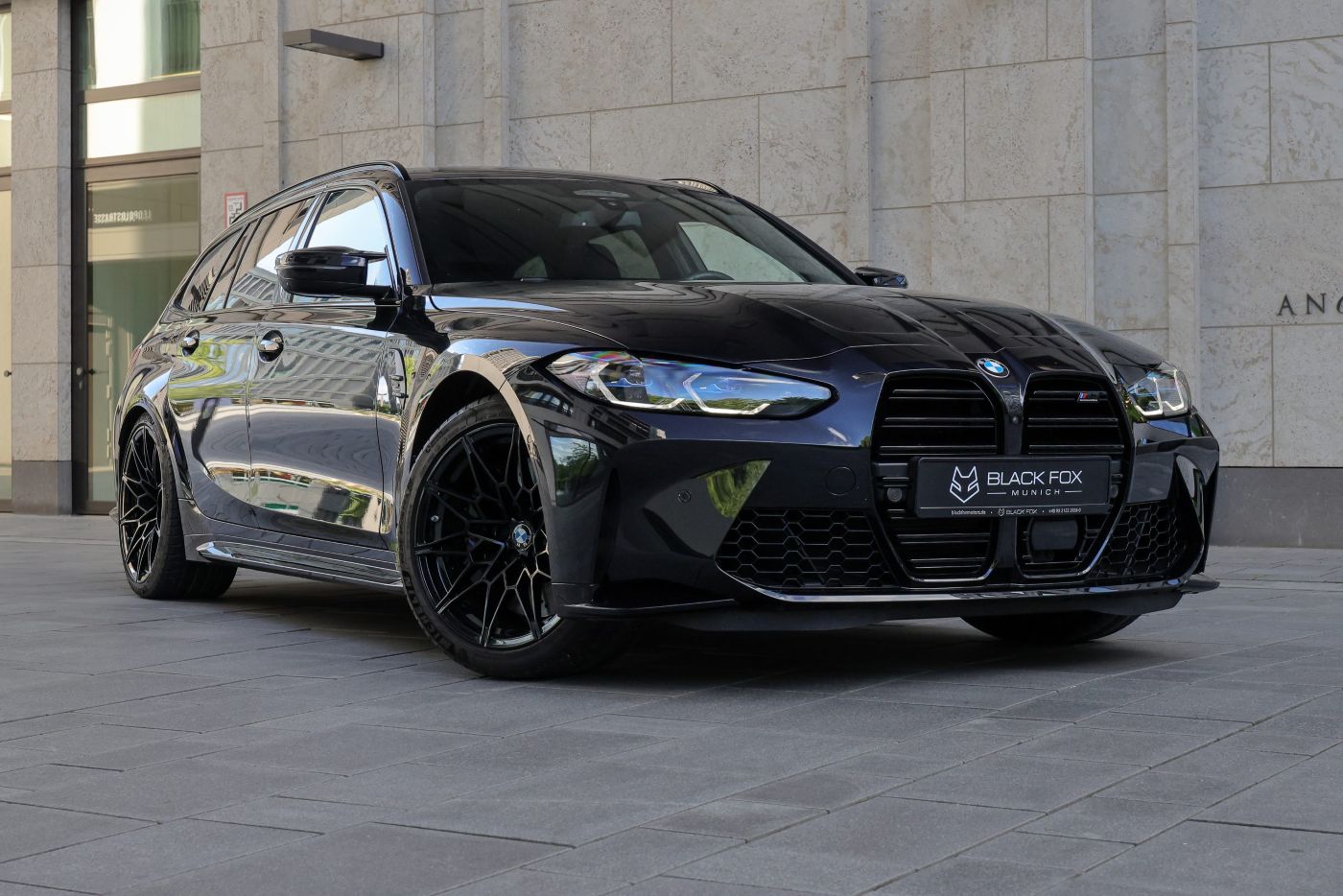
The suspension systems in M3 and M4 models prioritize handling precision and track performance over comfort and winter practicality. The firm suspension settings, low ride height, and performance-oriented bushings create a harsh ride over the irregular surfaces common during winter months.
Potholes, frost heaves, and rough pavement that develop during winter weather cycles can be punishing for both vehicle and occupants. The sophisticated adaptive suspension systems, while adjustable, still prioritize performance over comfort even in their softest settings.
Tire compounds and sizes present perhaps the most significant challenge for winter driving. M3 and M4 models typically come equipped with high-performance summer tires that use rubber compounds optimized for warm weather grip and performance.
These tires become dangerously hard and lose virtually all grip when temperatures drop below 45 degrees Fahrenheit, making them unsuitable for winter driving even on dry roads.
The wide tire profiles, while excellent for dry weather performance, are counterproductive in snow, where narrower tires would provide better cutting action and pressure distribution.
2. BMW i8
The BMW i8 represents a groundbreaking achievement in automotive design and technology, combining plug-in hybrid efficiency with exotic supercar styling and innovative materials.
However, this futuristic sports car’s specialized design and performance focus make it one of the least suitable BMWs for winter driving conditions, with multiple characteristics that create significant challenges when temperatures drop and roads become slippery.
The i8’s ultra-low profile represents its most obvious winter driving limitation. With a ground clearance of just 4.6 inches, the i8 sits lower than most conventional sports cars, making it vulnerable to snow accumulation that would easily go by higher-riding vehicles.
Even modest snow depths can cause the i8 to scrape its carbon fiber underbody or become completely immobilized, while the vehicle’s dramatic front air dam and side skirts are particularly vulnerable to damage from contact with snow, ice, or winter debris.
The electric motor’s instantaneous torque delivery can cause unexpected wheel spin on slippery surfaces, while the hybrid system’s complex power management can create inconsistent power delivery that makes precise throttle control difficult in low-traction situations.
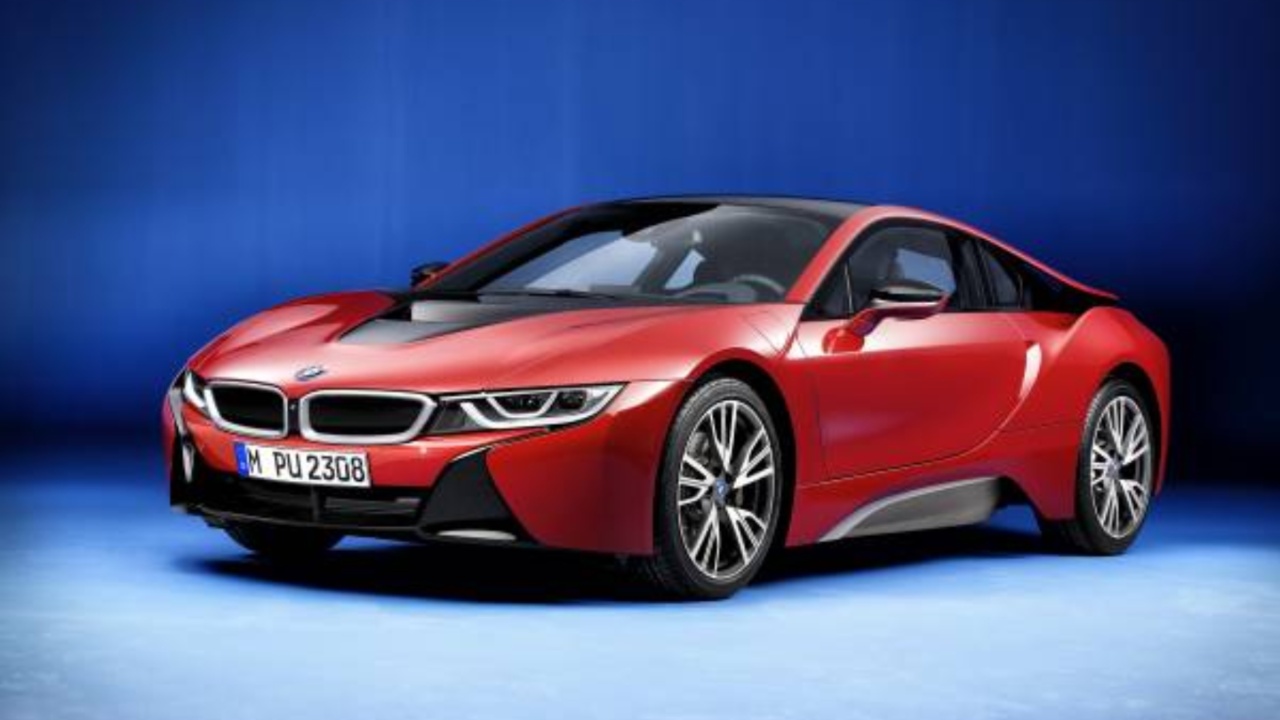
Weight distribution in the i8, while optimized for handling and efficiency, creates stability challenges in winter driving. The vehicle’s lightweight construction, while beneficial for performance and fuel economy, means less mass pressing down on the tires for traction on slippery surfaces.
The carbon fiber construction and aluminum space frame create a vehicle that lacks the mass needed for good traction in snow, while the complex weight distribution between hybrid components can create unpredictable handling characteristics when grip is limited.
The i8’s tire setup presents significant winter driving challenges. The vehicle uses extremely wide rear tires and narrower front tires in a staggered configuration optimized for dry weather performance.
The distinctive gullwing doors, while spectacular in appearance, can be problematic in winter conditions where overhead clearance might be limited by snow accumulation or icy conditions that affect the doors’ complex opening mechanisms.
3. BMW Z4
The BMW Z4 roadster embodies the pure joy of open-air motoring and engaging driving dynamics, representing BMW’s commitment to creating vehicles that prioritize driving pleasure above all else.
However, this focus on warm-weather enjoyment and performance makes the Z4 one of the most challenging BMWs to operate safely and comfortably during winter conditions, with design characteristics that are fundamentally incompatible with snow, ice, and cold weather driving.
The Z4’s convertible design represents its most obvious limitation for winter driving. While the power-operated soft top provides protection from the elements when closed, convertible tops inherently offer less insulation and weather sealing compared to fixed roofs.
Cold air infiltration around the soft top creates drafts and temperature variations within the cabin, while road noise and wind noise are significantly higher than in closed vehicles.
The front air dam and side skirts, designed to enhance aerodynamics and appearance, are vulnerable to damage from contact with snow banks, ice chunks, or winter debris that accumulates on roadways. The vehicle’s sleek profile, while attractive, creates practical limitations when dealing with winter driving conditions.
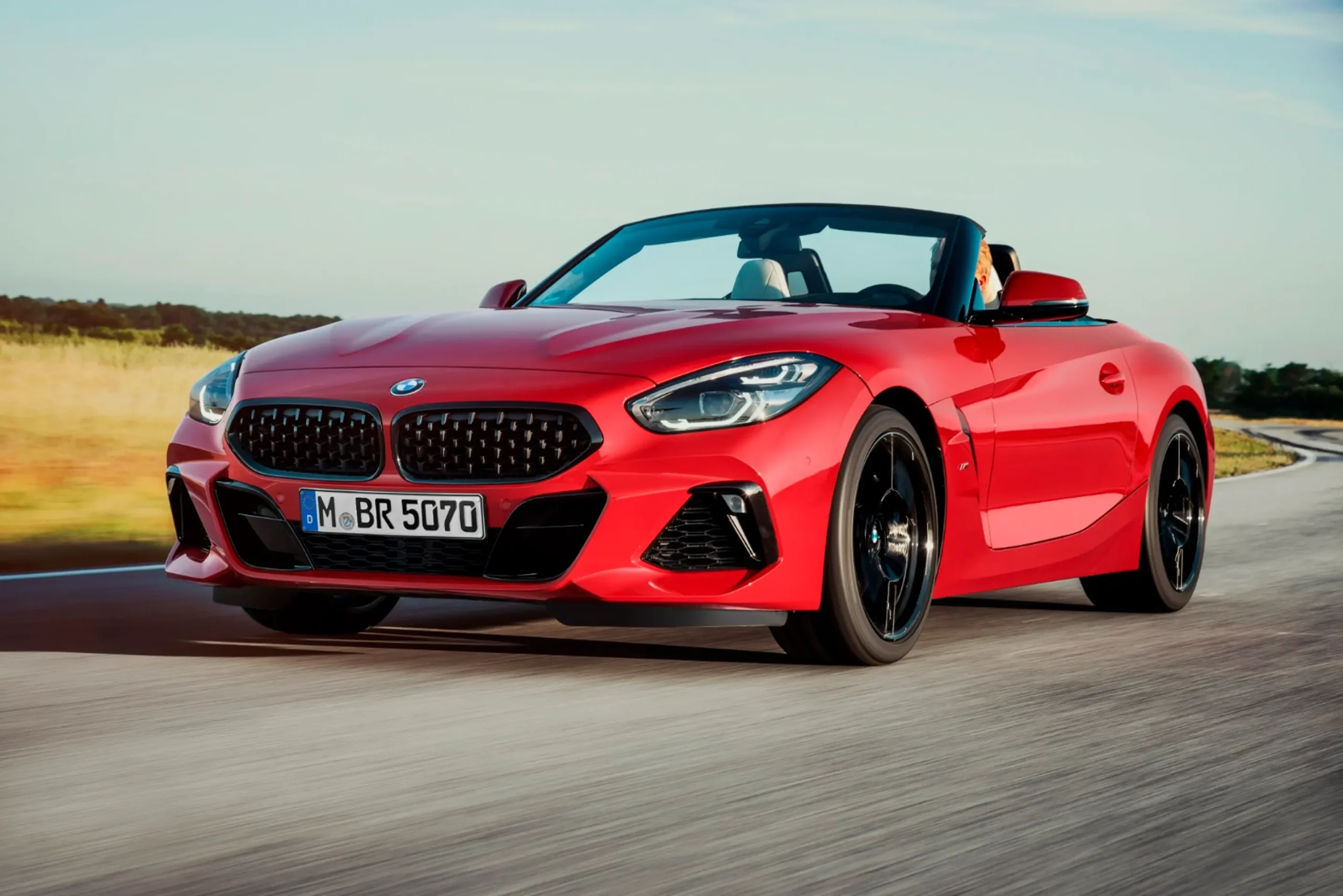
The Z4’s rear-wheel-drive configuration creates significant traction challenges in winter conditions. The powerful engines available in various Z4 models can easily overwhelm the rear tires’ grip on slippery surfaces, leading to wheel spin and potential loss of control during acceleration.
The sophisticated limited-slip differential, designed to maximize traction during spirited driving, can send power to the wheel with less grip in winter conditions, creating unpredictable handling characteristics that can catch even experienced drivers off guard.
Weight distribution in the Z4, while optimized for balanced handling in dry conditions, becomes problematic when traction is limited. The rear weight bias that contributes to the Z4’s engaging driving dynamics makes the vehicle prone to oversteer in slippery conditions.
The roadster’s relatively light weight, while beneficial for fuel economy and handling responsiveness, means less mass pressing down on the tires for traction on snow and ice. This combination of rear weight bias and light weight makes the Z4 particularly challenging to control when road conditions deteriorate.
4. BMW M2
The BMW M2 represents the purest expression of BMW’s M division philosophy, delivering concentrated performance and engaging driving dynamics in a compact, lightweight package.
This focus on maximum driving enjoyment and track-capable performance, however, makes the M2 one of the most challenging BMWs to operate safely during winter conditions, with characteristics that transform from assets to liabilities when roads become slippery and temperatures drop.
The sophisticated M-specific limited-slip differential, designed to maximize traction during high-performance driving, can worsen traction in snow by directing power to the wheel with less grip.
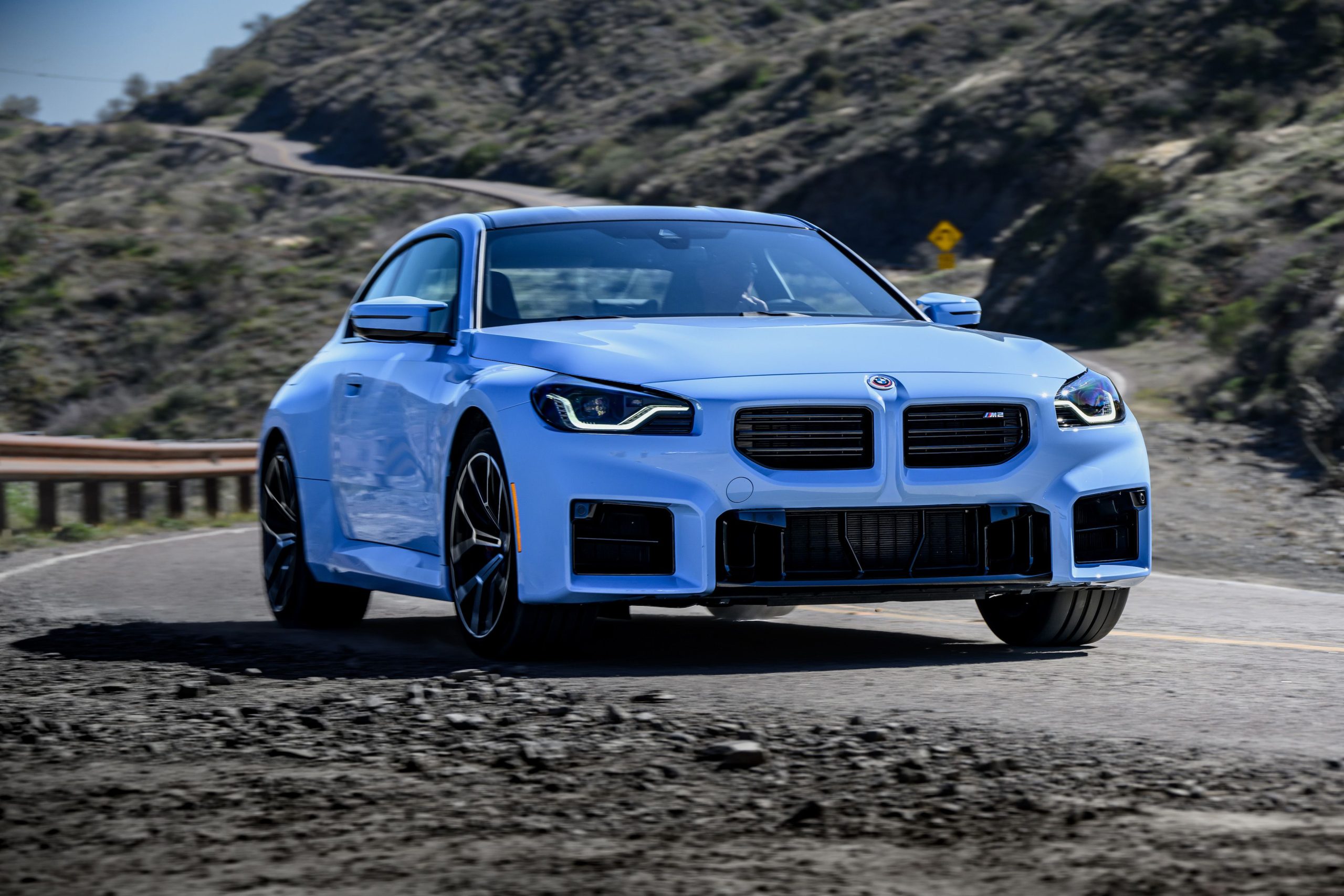
The M2’s suspension system prioritizes handling precision and track performance over comfort and winter practicality. The firm suspension settings, performance-oriented bushings, and lower control arm designs create a harsh ride over the irregular surfaces common during winter months.
Potholes, frost heaves, and damaged pavement that develop during winter freeze-thaw cycles can be particularly punishing for both vehicle and occupants.
Even the adaptive suspension systems available on some M2 variants still prioritize performance over comfort, making winter driving less comfortable than conventional BMW models.
Tire considerations present perhaps the most significant challenge for M2 winter driving. The vehicle typically comes equipped with high-performance summer tires that use rubber compounds optimized for warm weather grip and maximum performance.
These tires become dangerously hard and lose virtually all traction when temperatures drop below 45 degrees Fahrenheit, making them unsafe for winter driving even on dry roads.
5. BMW 8 Series (RWD variants)
The BMW 8 Series represents the pinnacle of BMW’s grand touring philosophy, combining sophisticated luxury with impressive performance capability in an elegant and technologically advanced package.
However, rear-wheel-drive variants of the 8 Series face significant challenges during winter driving conditions, where the vehicle’s focus on luxury performance and low-profile design creates obstacles to safe and confident winter operation.
The 8 Series’ sleek, low-profile design, while contributing to its striking appearance and aerodynamic efficiency, creates immediate challenges for winter driving. Ground clearance is limited compared to SUVs and even many sedans, making the vehicle vulnerable to scraping on snow-covered surfaces or becoming high-centered in moderate snow accumulation.
The sophisticated electronic limited-slip differential, designed to optimize traction during performance driving, can create unpredictable power delivery in winter conditions where consistent traction is more important than maximum performance.
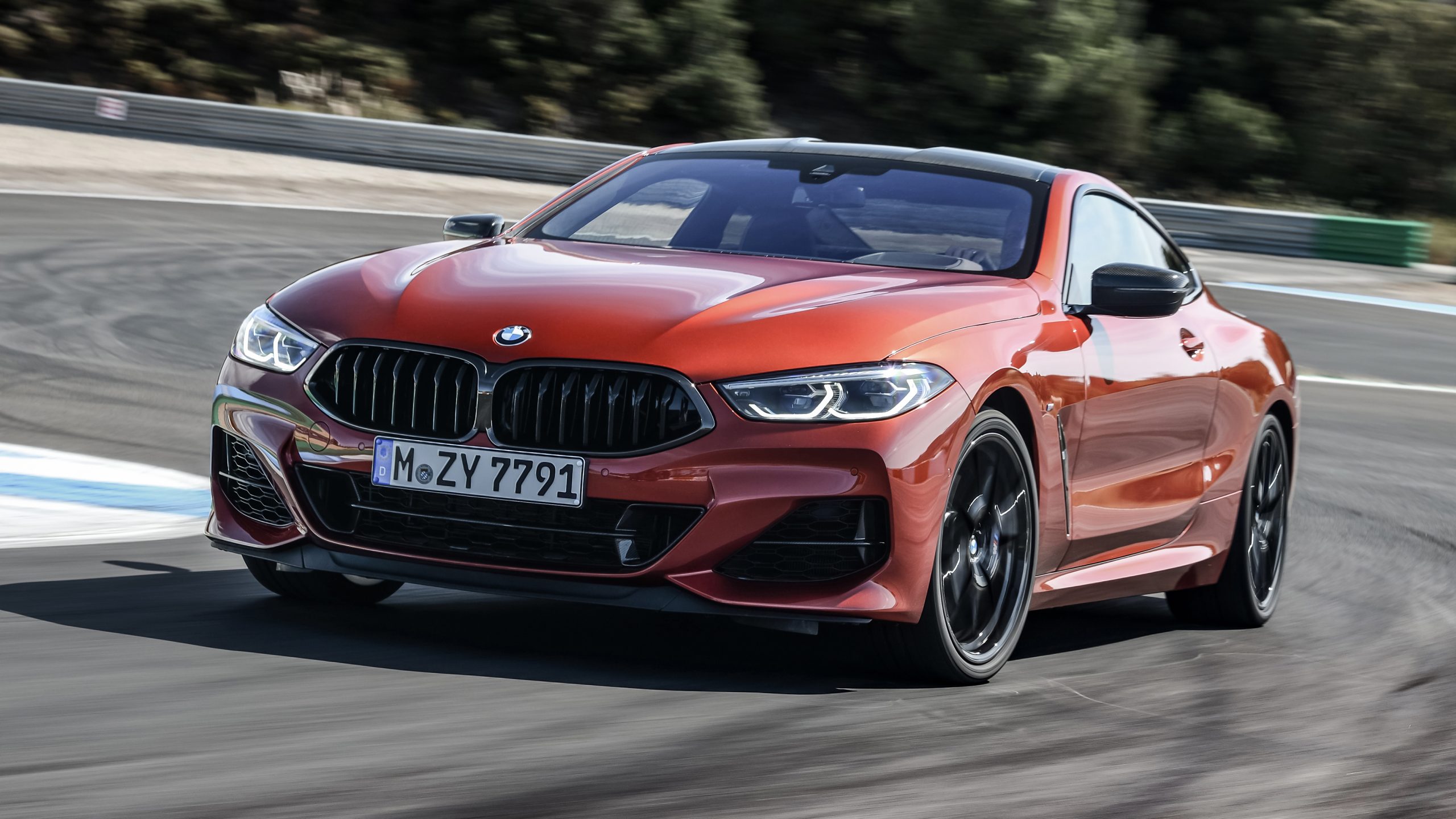
Weight distribution in the 8 Series, optimized for grand touring performance, creates stability challenges in winter driving conditions. The substantial curb weight, while providing a smooth and stable ride in normal conditions, creates significant momentum that must be controlled during emergency situations on slippery surfaces.
The rear weight bias that contributes to the 8 Series’ balanced handling becomes problematic in low-traction situations, making the vehicle prone to oversteer when grip is lost.
This characteristic requires experienced handling skills that can be dangerous for drivers not accustomed to rear-wheel-drive performance vehicles in challenging conditions.
Tire specifications on 8 Series models typically emphasize performance and appearance over winter capability. Many variants come equipped with wide, low-profile tires mounted on large-diameter wheels that provide excellent dry weather performance but become significant liabilities in winter conditions.
The wide tire contact patches that provide superior grip on dry pavement work against the vehicle in snow, where narrower tires would provide better cutting action and pressure distribution. Low-profile sidewalls are more susceptible to damage from potholes and road irregularities that are common during the winter months.
The 8 Series’ sophisticated electronic systems, while generally enhancing safety and performance, can become overly intrusive or inconsistent in winter driving conditions.
Stability control systems calibrated for performance driving may intervene too aggressively or not quickly enough when dealing with changing traction conditions common during winter weather.
Also Read: 5 Mercedes Models That Rarely Have Recalls vs 5 That Constantly Do

